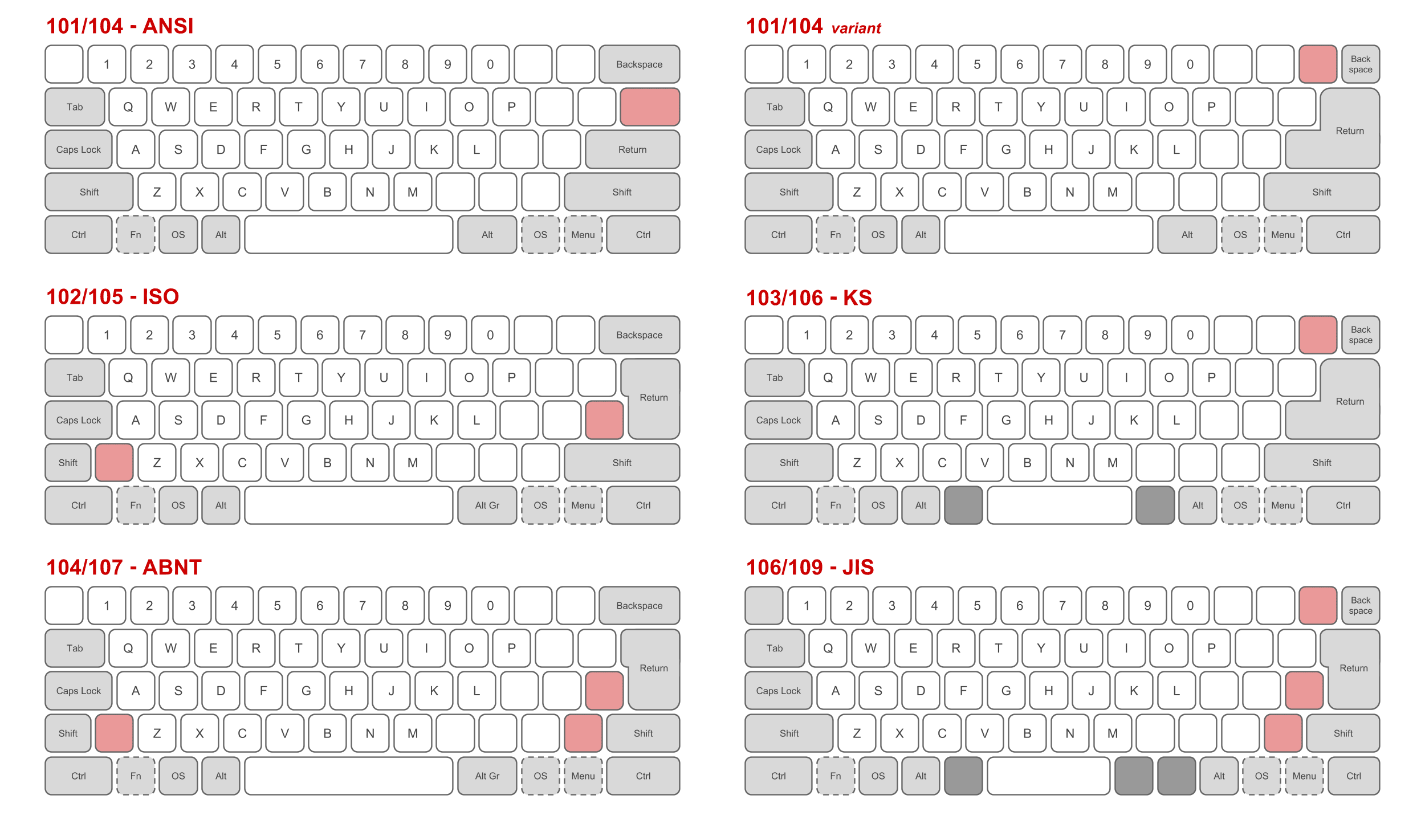

Additionally, the most commonly used letters are placed on the home row in a QWERTY layout, reducing hand movement and typing fatigue.Ĭompatibility is also a huge benefit. This makes it easier for people to type accurately and quickly, reducing the likelihood of typewriter jams. The QWERTY layout is designed to place the most commonly used letters in the most accessible positions. This familiarity can make typing on a QWERTY keyboard more efficient for many people. It is being used in schools, offices, and homes around the globe. One of the primary advantages of the QWERTY layout is its widespread adoption and familiarity. It has some disadvantages along with its advantages: Advantages of QWERTY layout The QWERTY layout has been in use for over a century and is the world's most widely used keyboard layout. Advantages and Disadvantages of QWERTY Layout Additionally, the QWERTY keyboard has been embedded in our lives and has even been the subject of academic studies and popular media.
10 key keyboard layout how to#
Many people have already invested significant time and effort into learning how to type on a QWERTY keyboard, and they may not want to switch to a different layout. Despite these criticisms, the QWERTY layout has continued to persist as the standard keyboard layout, mainly due to its widespread acceptance and familiarity. Some experts argue that other keyboard layouts, such as Dvorak Simplified Keyboard (DSK), are more efficient because the most commonly used keys are placed in the center row in this layout, making them easier to access. The QWERTY layout is criticized for being inefficient and difficult to learn. This layout quickly became the standard keyboard design for typewriters and carried over to computers when they were invented in the 1960s.Įditor's Note: Criticism surrounding the QWERTY layout The QWERTY layout also separates the pairs of most commonly typed letters, such as S and A, to further reduce the likelihood of jamming.

Sholes wanted to design it so that the keys don't get jammed when pressed in succession or quickly he achieved this by placing the most commonly used keys, such as E and T, far apart to prevent the typewriter's mechanical arms from colliding. The QWERTY keyboard layout was developed in the 1870s by a newspaper editor and inventor named Christopher Sholes. The bottom row contains the space bar, the shift key, the control key, and the function key. The letters Z, X, C, V, and B are in the third row. The second row has the letters A, S, D, F, and G in it. The first row contains the letters Q, W, E, R, T, and Y, giving the layout its name. The QWERTY layout is arranged in a grid of four rows and ten columns. The layout's design intends to facilitate the typing of English text this works by placing the most commonly used letters in the most accessible positions. It is the most widely used keyboard layout and can be found virtually on every typewriter and computer keyboard around the globe. The QWERTY layout has been in use for more than a century now. So, let's dive in, explore the world of keyboard layouts, and learn more about the technology we use daily.

Try some new keyboard layouts for yourself. We will also delve into the universe of other keyboard layouts, such as the Dvorak simplified layout and Colemak keyboard layouts, and discuss their advantages and disadvantages.īy the end of this article, you'll have a comprehensive understanding of the purpose and impact of keyboard layouts. We will explore the history of different keyboard layouts in this article and find out how the QWERTY layout became the most dominant layout. The QWERTY layout has since become the standard for most keyboards worldwide, but do you know why? It was designed in the 1870s for early typewriters.

QWERTY layout is the most common keyboard layout. Have you ever, even just for a moment, wondered why your keyboard has the keys arranged in a particular way, you're not alone. Have you ever stopped to think about the layout of the keys you are typing on? Modern computing heavily relies on keyboard layouts, yet most of us need to be made aware of their history, purpose, and impact. Keyboard Layouts Mastery: The Complete Guide


 0 kommentar(er)
0 kommentar(er)
